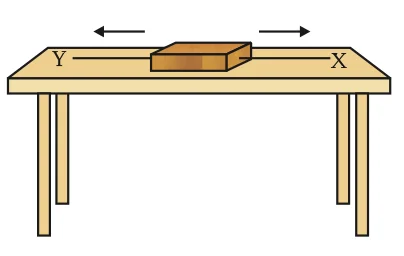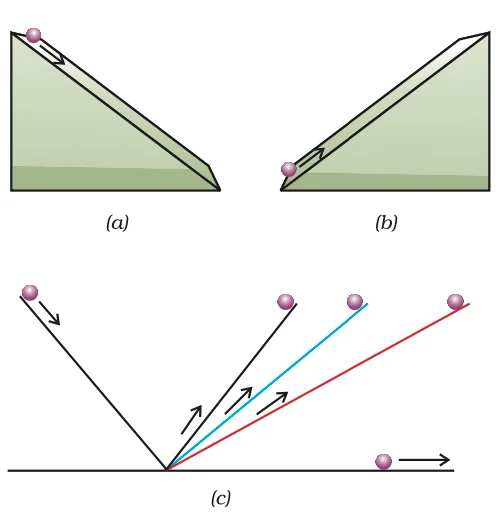![]() 14 Dec 2023
14 Dec 2023
Historically, rest was believed to be the natural state of an object until Galileo Galilei and Isaac Newton challenged this belief, introducing a new perspective on force and laws of motion. In daily life, we observe that a force (push, hit, or pull) is needed to change an object’s state of motion, whether to initiate movement, halt it, or modify its velocity.



| About Galileo Galilei:
|
Inertia and Mass: The Force Behind Objects’ Resistance to Motion – Exploring the Force and Laws of Motion
<div class="new-fform">
</div>
